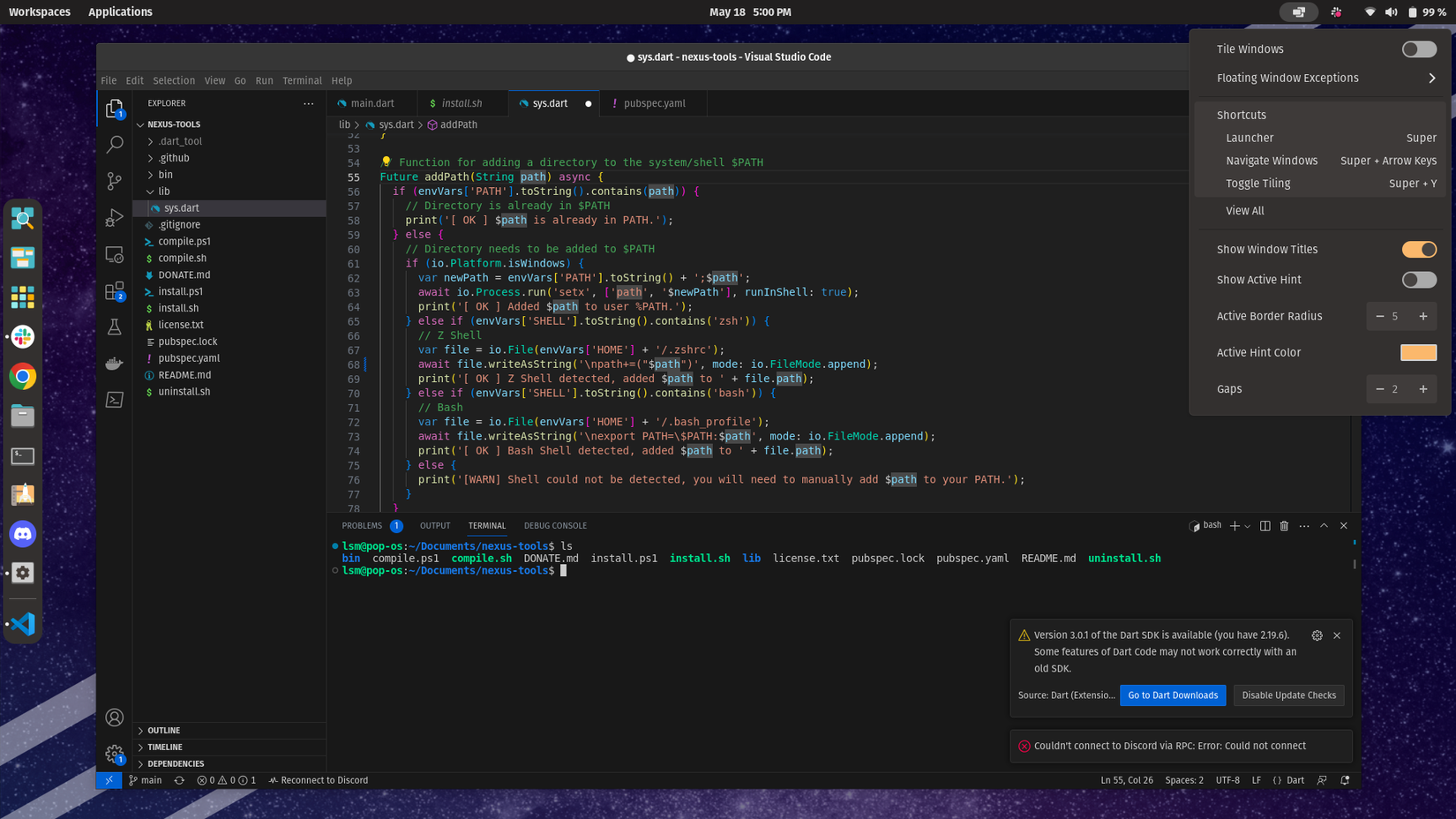Have you ever wondered why some open-source apps receive multiple updates throughout the day? There are a number of reasons, but it all comes down to a robust open source community.
Open Source Code Is Often Updated Throughout the Day
With closed-sourced applications, end-users never see how often the code is updated. Most of the time, code is updated multiple times per day, and sometimes multiple builds are released in a single day—but all of that is limited to internal access only.
When it comes to open-source apps and code, the updates are just as (if not more) frequent, but the public can see it all. Simply visit a site like GitHub and browse some active projects, and you’ll most likely find multiple code commits per day. To name a popular example, the GitHub for vim shows multiple tags going live every day.
While some developers push straight to GitHub, others will use tools like Jira and Jenkins, which collect all the commits throughout the day and do one singular push at a specified time.
Whichever route the open source project you use takes, the code is still frequently, often multiple times per day.
With the code changing throughout the day, some developers want to get the new features or functions into users hands ASAP, which would call for releasing updates multiple times throughout the day—especially if there was an app-breaking bug that slipped into code and it needed to be fixed immediately.
Some Apps Have Actions That Cause Mid-Day Builds
Some coding projects have manual build triggers and just use services like GitHub as a code repository. These apps require builds to be manually compiled and uploaded or released.
GitHub offers a service called GitHub Actions, which can take and compile your code automatically based on a number of triggers. One such trigger is a code commit. I use this to re-compile my Minecraft server website.
For developers that go with something like GitHub Actions (or any other trigger-based building platform), multiple builds per day are easy as they’re entirely hands-off. The developer simply pushes code and a build is started.
This sounds great, but there are some definite drawbacks and things to watch out for. Let’s say a developer pushes code that tested perfectly fine locally, but right before committing it, the backspace key was pressed, and a comma was removed. This might sound minimal, but it can break an entire piece of software.
If the developer doesn’t catch this before the build triggers, and you download the latest and greatest version of your favorite app that just finished compiling, then you’ll be faced with a non-working app.
This doesn’t happen all that often, as most of the time developers will push fast code changes to unstable branches and only build a stable branch when there are lots of features or bug fixes to roll out. However, it’s definitely worth watching if you like to live on the bleeding edge.
Multiple Releases Per Day Let People Live on the Bleeding Edge
As I just mentioned, there are some people who love to be on the latest and greatest, even if it comes with the risks of broken features or software. I used to be one of those people, though I’ve dialed back a bit as I’ve gotten older.
When I was younger, I ran an Android ROM team. We had amassed quite the following, and had people who loved to use the latest features as we were integrating them. My team had an automated system that would take all approved changes (which were tested…most of the time), and run a build at midnight. If the build succeeded (it didn’t always), then it would upload the ROM to our server.
When I woke up, one of the first things I would do every morning would be to download the latest build from overnight and flash it. Sometimes it would flash perfectly fine and work, other times there would be an issue to debug. Because of this, I would always make a backup before flashing.
Given that I was a developer for the project, this was a way for me to test out what all the other developers merged in. It also was a way for me to pull a bad file if it wouldn’t install or boot properly.
Either way, I lived life on the bleeding edge, and many others did, too. These days, I might run beta versions of software, but I rarely run alpha or nightly releases. There’s just too many bugs for me to be doing that at this point.
Are you looking for quality open-source software to use on your Mac, Linux, or Windows computer? There are a number of apps to choose from.
For instance, there are open source Mac apps used every day by our resident Mac expert here at How-To Geek. For those of you who might be new to the Linux ecosystem, it’s not as hard as it used to be to find replacements for everyday software you already use. For everyone else, check out these open source Windows apps that you should definitely be using right now.






